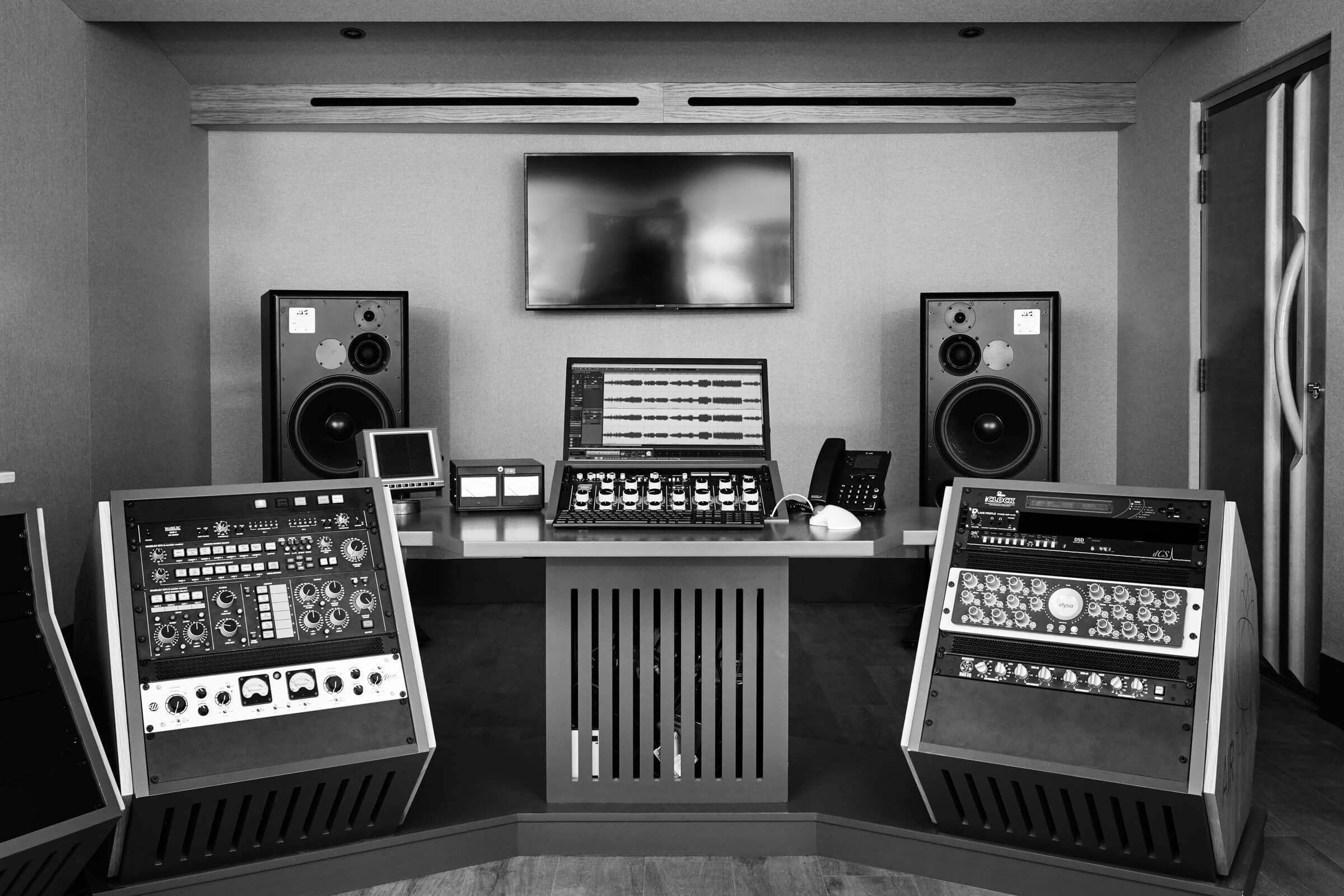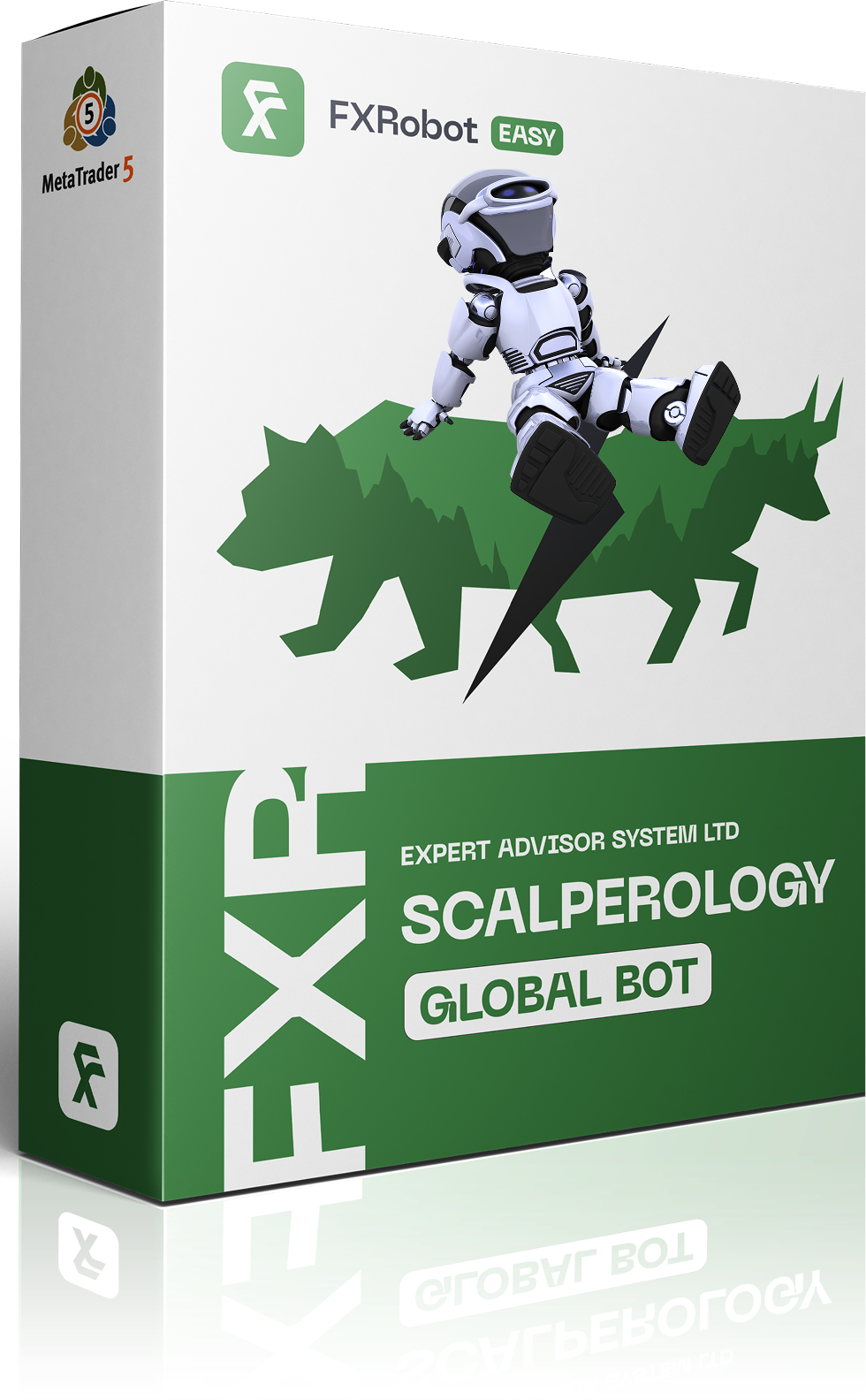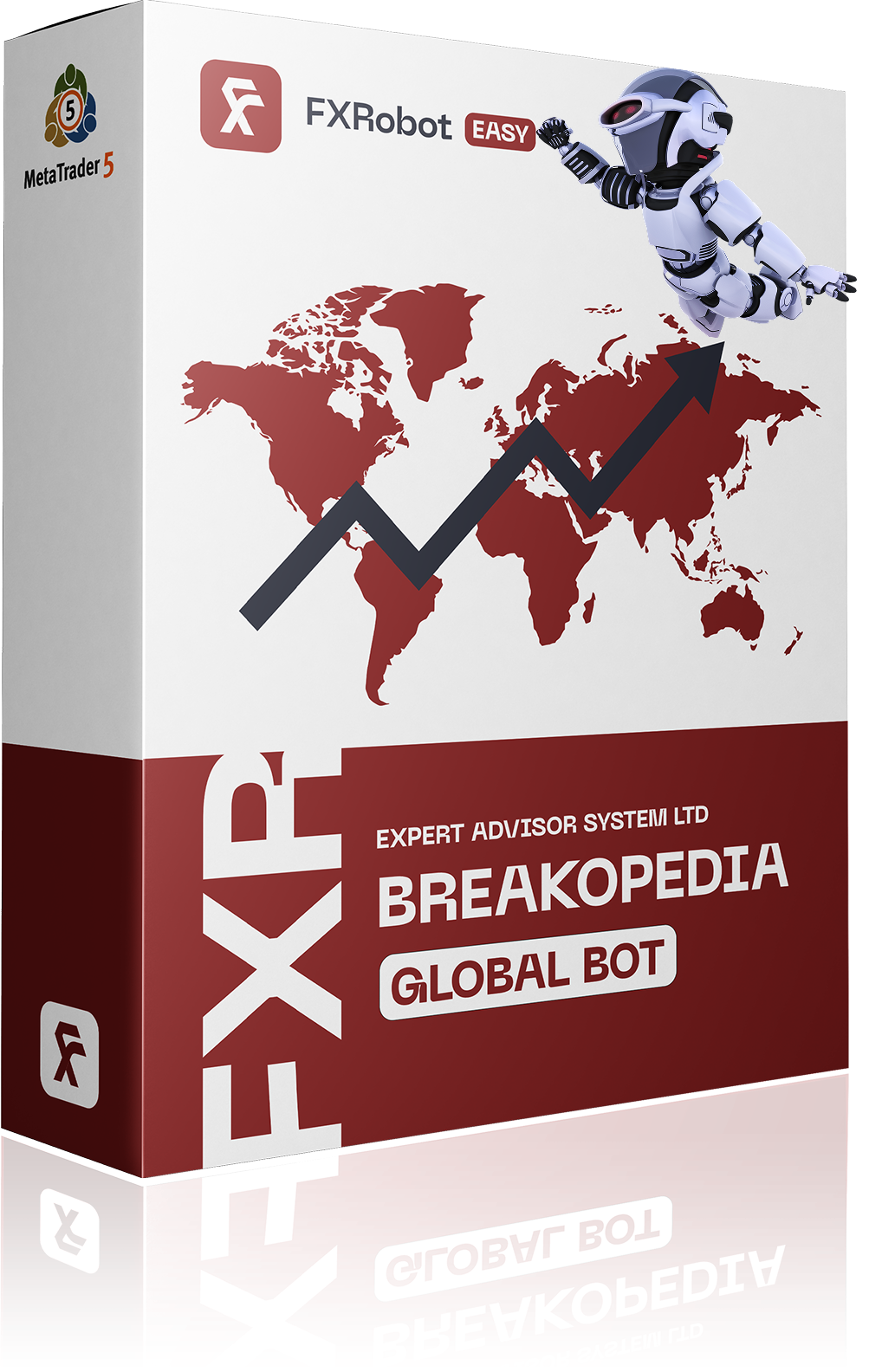Building a Forex trading robot can feel like crafting your own little financial wizard. This step-by-step guide will walk you through the essentials of creating an automated trading system for the Forex market. From setting up your development environment to backtesting your strategies, we’ll cover all the critical steps. By the end, you’ll be ready to let your robot do the heavy lifting in the Forex trenches. Ready to turn code into cash? Let’s get started.
Mastering the Basics: Essential Components and Initial Setup for Your Forex Trading Robot
Setting up your Forex trading robot begins with understanding the essential components and parameters that will dictate its performance. One of the primary elements to configure is the symbols setup, where you can define the currency pairs your robot will trade. By default, the robot may be tuned for popular pairs like EURUSD or GBPUSD, but you have the flexibility to add or remove pairs based on your broker’s offerings. Adjusting the portfolio magic number and position comments can help in tracking and managing trades effectively. Another critical aspect is volume management, where you set fixed lot values or configure risk percentages to control the lot sizes based on each pair’s stop loss. Enabling or disabling the lots reinvestment mode can be crucial during backtesting to simulate real trading conditions accurately.
The engine options offer further customization, allowing you to choose the trade direction mode and set parameters for hedging, stop loss, and take profit modes—whether real or virtual. Time options are indispensable for optimizing trading performance, particularly for setting up the robot to skip trading during specific times like Monday mornings or Friday afternoons, which can be volatile or low in liquidity. The robot’s ability to handle holidays, rollover times, and even specific days like Wednesdays before triple swaps ensures it operates under the best conditions. the general settings, including enabling chart comments, play a vital role in providing real-time feedback and ensuring the robot operates within the predefined parameters, thus maintaining a robust and adaptable trading strategy.
Diving Deeper: Advanced Algorithmic Strategies and Optimization Techniques
When delving into advanced algorithmic strategies, the importance of multi-timeframe analysis and custom indicators cannot be overstated. For instance, the ‘QuickSilverEA’ employs a sophisticated strategy that integrates multiple timeframes and utilizes indicators like the Moving Average Convergence Divergence (MACD), Relative Strength Index (RSI), and Bollinger Bands. This multi-layered approach allows for a comprehensive market analysis, identifying dominant trends, reversal patterns, and significant support/resistance levels. Such a robust system ensures that trading decisions are based on a holistic view of the market, reducing the likelihood of false signals and enhancing the potential for profitable trades.
Optimization techniques are another critical aspect of advanced algorithmic trading. The ‘Aura Turbo’ EA, for example, excels in hyperparameter optimization, a process that fine-tunes the behavior of the algorithm to handle various data patterns effectively. This involves rigorous backtesting and stress testing to ensure the system’s stability and adaptability to changing market conditions. By employing advanced hyperparameter optimization, Aura Turbo aims to minimize predefined loss functions, thereby enhancing its performance and efficiency in real-world trading scenarios. This meticulous approach to optimization not only improves the EA’s predictive power but also ensures that it can withstand the unpredictable nature of the forex market.
Case Studies: Comparing Popular Forex Trading Robots and Their Performance Metrics
SterlingSniperBot is a marvel in the realm of Forex trading, specifically designed for the GBP/USD pair. This bot operates exclusively on 4-hour bars, using the unique characteristics of the GBP/USD pair to its advantage. With a meticulous approach, it analyzes market conditions at the opening of each new 4-hour bar, focusing on rising highs and falling opens to identify potential entry points. Its precision is reflected in its strategic execution of long entry signals, where it calculates optimal entry, stop-loss, and profit-target prices. The bot’s performance metrics from 2010 to December 2023 reveal a total profit of $18,752.7 with a winning percentage of 55.23% over 306 trades, demonstrating its ability to manage risk effectively while capturing profitable opportunities.
On the other hand, Echo FX, an advanced Expert Advisor for the GBP/USD H1 chart, employs a trifecta of trading strategies: trend-following, scalping, and hedging. With a striking 97% win rate and a maximum drawdown capped at 4%, Echo FX stands as a robust trading solution. It integrates seamlessly into your trading environment, ready to exploit profitable opportunities from the get-go. Echo FX is designed with a forward-looking approach, requiring no backtesting before March 2023, and is set to receive updates in the coming months to stay aligned with market dynamics. This adaptability ensures that Echo FX remains a precision instrument for traders, offering a dynamic and engaging trading experience with consistent results.
Q&A
Q: What is the first step in creating a Forex trading robot?
A: The initial step involves defining the trading strategy you wish to automate. This includes determining the specific currency pairs you want to trade, the timeframe for your trades, and the indicators or signals that will trigger buy or sell orders. Essentially, you need a clear and detailed plan before you dive into coding.
Q: How important is backtesting in the development process?
A: Backtesting is absolutely crucial. It allows you to test your trading strategy against historical data to see how it would have performed in the past. This helps in identifying potential flaws and tweaking your strategy to improve its performance. Remember, a strategy that looks good on paper might not necessarily perform well in real market conditions.
Q: Can you explain the role of a VPS in running a Forex trading robot?
A: A Virtual Private Server (VPS) is essential for running your Forex trading robot around the clock. It ensures that your robot can execute trades without interruption, irrespective of your personal internet connection or power supply. A VPS provides a stable and continuous environment, which is critical for high-frequency trading strategies.
Q: What programming languages are commonly used for developing Forex trading robots?
A: The most commonly used programming languages for developing Forex trading robots are MQL4 and MQL5, which are specifically designed for the MetaTrader 4 and MetaTrader 5 platforms, respectively. These languages offer extensive libraries and functions tailored for trading tasks, making it easier to implement complex strategies.
Q: How do you manage the risk associated with automated trading?
A: Risk management in automated trading involves setting strict parameters for stop-loss and take-profit levels, as well as using position sizing techniques to control the amount of capital exposed to any single trade. It’s also advisable to start with a demo account to test your robot in a risk-free environment before going live with real money.
Q: What are the benefits of using a Forex trading robot?
A: Forex trading robots offer several benefits, including the ability to trade 24/7 without human intervention, the elimination of emotional decision-making, and the capacity to analyze and act on large volumes of data at high speed. These advantages can lead to more consistent trading performance and the ability to capitalize on market opportunities that a human trader might miss.
Q: Are there any drawbacks to using Forex trading robots?
A: Yes, there are some drawbacks. Forex trading robots can be expensive to develop and maintain, and they require continuous monitoring to ensure they are functioning correctly. They are also only as good as the underlying strategy; a poorly designed strategy can lead to significant losses. Additionally, robots may struggle to adapt to sudden market changes or news events that a human trader might interpret more effectively.
Q: What should I consider when selecting a broker for my trading robot?
A: When selecting a broker, consider factors such as the broker’s reliability, the spreads they offer, their execution speed, and whether they support the use of automated trading systems. A broker with low spreads and fast execution is ideal for high-frequency trading strategies. It’s also important to ensure that the broker is well-regulated to protect your investments.
Future Outlook
As we draw the curtains on this step-by-step guide to creating your very own Forex trading robot, it’s clear that the journey is as intricate as the market itself. From choosing the right programming language to meticulously backtesting your strategy, each step requires both precision and patience. But remember, the rewards can be as substantial as the risks involved. Armed with this knowledge, you’re now better equipped to navigate the complexities of automated Forex trading. Keep refining your strategies, stay updated with market trends, and let your robot do the heavy lifting while you make informed decisions. Happy trading!








